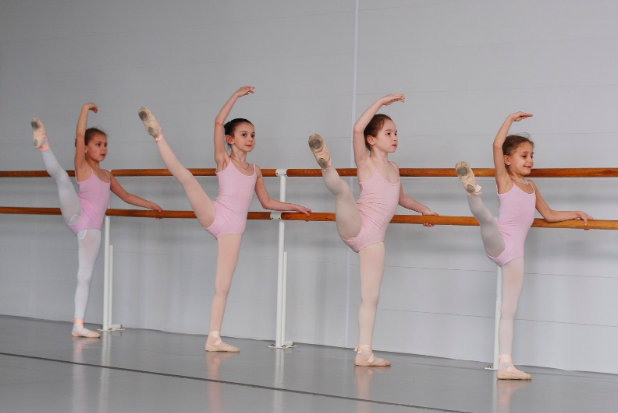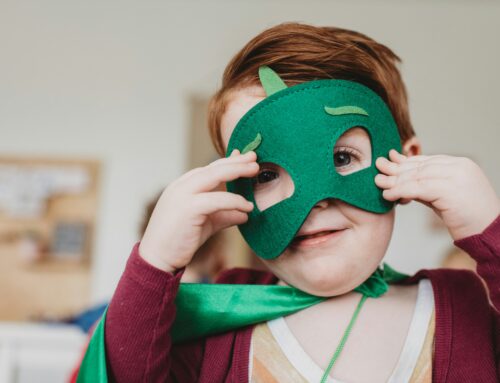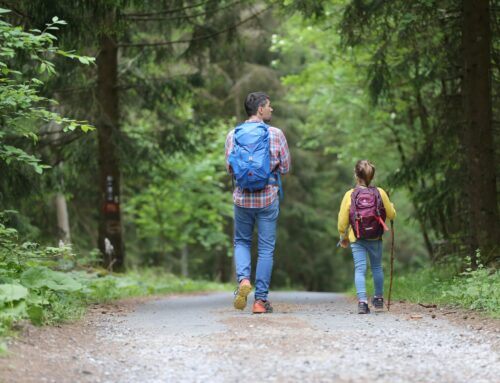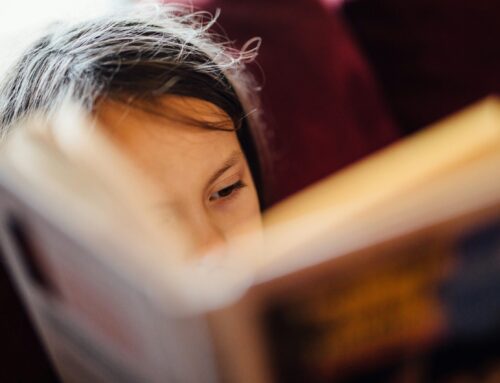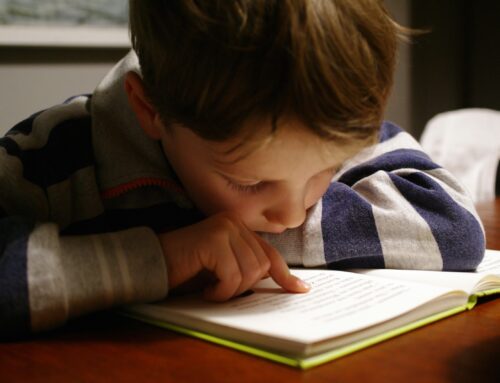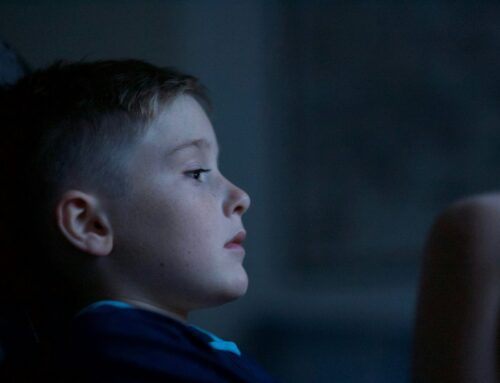Learning that your child has a neurobehavioral or developmental condition understandably results in a typically exhausting search for the right therapies. The list of potential interventions for children with autism spectrum disorder, developmental delays, and related conditions grows longer each year as more research is uncovered by scientists. The value of dance class, and general movement, is one of the more recent potential interventions to be researched.
How Movement Could Help Children with Special Needs
As we shared in our December newsletter, The University of Delaware recently discussed with The New York Times its early findings in a dance study being held at the university. The study has welcomed around 12 children with autism spectrum disorder into a program designed to involve them in yoga, music, and dance activities. Dr. Anjana Bhat, associate professor of physical therapy, shared, “Across many different studies we find that social skills like smiling and verbalization are substantially higher when children with autism engage in socially embedded movements versus sedentary games like checkers or building a Lego set.” (1)
Dr. Bhat went on to explain that parents of the children in the group noted that their kids showed marked improvement in social skills, including smiling and communication, after or even during the sessions.(1)
The inclusion of yoga with the dance program is intentional. Dr. Bhat observed that the breath work done as part of the yoga routines helped to ease anxiety in the participants.(1)
Dance for All Abilities
Beyond The University of Delaware program, dance for children of varied abilities and conditions is becoming more popular. One program, Ballet for All Kids, is based in New York and California. Students learn classical ballet while making meaningful friendships and improving skills.(1)
The students who dance in these classes have seen gains in coordination and balance, as well as language. Students who previously found it difficult to sit in a chair in the classroom without falling over or who struggled to walk steadily were acknowledged by parents and teachers to have vast improvements after their regular participation in dance.(1)
Maryland has several dance and movement opportunities for children with neurobehavioral conditions, including in Howard and Montgomery Counties.(2), (3)
While the positive impact of dance on communication and gross motor skills is becoming increasingly apparent, dance is also a potentially valuable class for children simply because of its normalcy.(1) Taking a class like dance is a rite of passage in childhood. This can be comforting for parents and confidence boosting for the kids, who are able to participate in dance recitals and work alongside their peers.
Screening for Neurodevelopmental Differences
Neurobehavioral Associates offers comprehensive testing for children and adults with suspected learning and neurodevelopmental differences. This testing will offer a diagnosis and a guide to appropriate interventions.
Neurobehavioral Associates can help you advocate for your child. Our staff has decades of experience and extensive backgrounds in psychology and neuropsychology. We regularly attend IEP meetings and can provide community resources for your child’s continued success.
Contact us today for more information on how we can serve you and your family.
References:
- Hollow, M. C. (2019, November 19). For Some Children With Autism, Dance Is a Form of Expression. Retrieved February 13, 2020, from https://www.nytimes.com/2019/11/19/well/family/autism-children-dance.html
- Howard County: Community Based Recreation. (n.d.). Retrieved February 13, 2020, from https://hocoautismresources.weebly.com/community-based-recreation.html
- Partnership for Extraordinary Minds – Autism-Friendly Recreational Activities. (n.d.). Retrieved February 13, 2020, from https://xminds.org/recreational-activities

